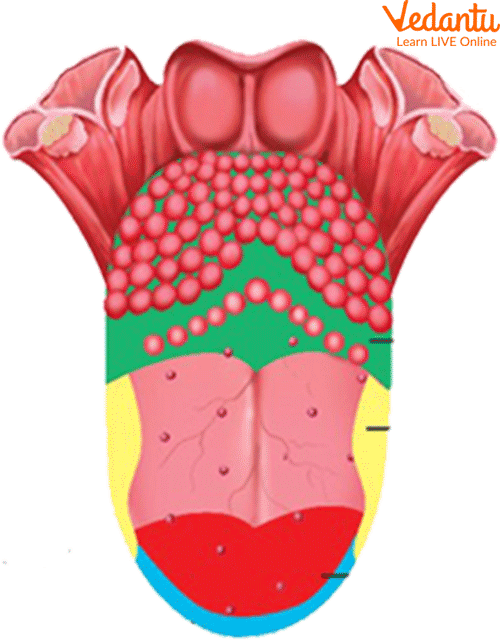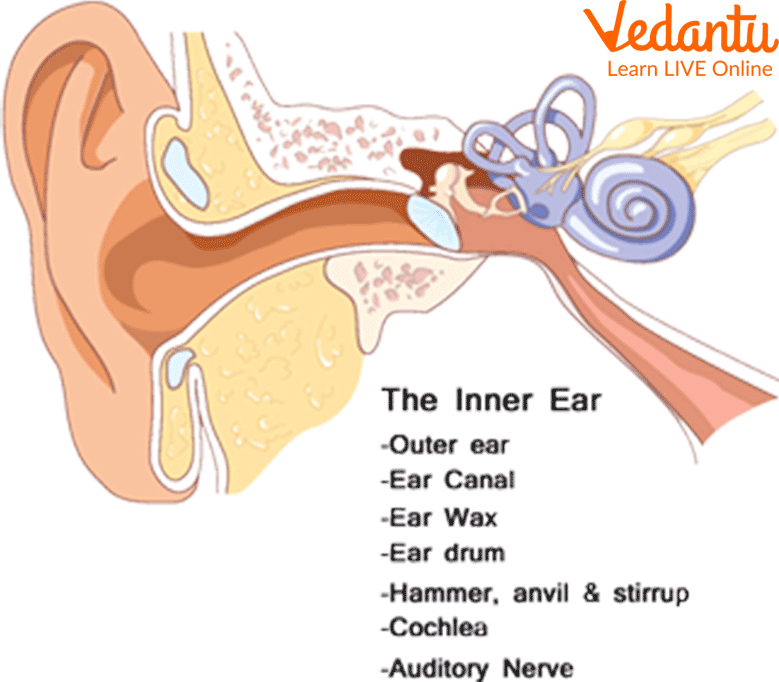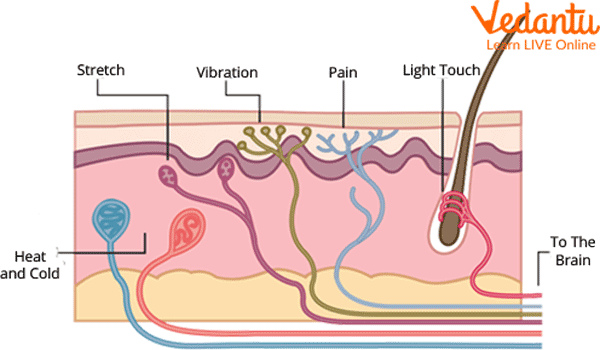




Introduction to Sense Organs
Sense organs are those parts of the body that can detect a certain type of stimulus or change in the environment and the information is sent into our brain.
The sense organs allow us to get a sense of the environment we are in. The nerves take up the information from the environment and make us perceive it. These organs allow us to interact with our environment very efficiently.
Sense Organs
We have in total 5 sense organs, i.e. eyes, ears, tongue, nose, and skin. These organs detect various different stimuli which are light, sound, taste, smell, and touch.
Five Sense Organs
Eyes
When we look at beautiful scenery like a mountain, a waterfall, or maybe a flower garden. How do we really differentiate between all these beautiful sceneries?
The eyes are a very important sense organ that allows us to see our environment. The eyes are sensitive to light and the environment sends the images to our brain.
The light is captured from the environment and that information is received by the brain and we can sense the brightness, color, and distance of the object. The light travels via the cornea and lens. The image is formed on the retina. The sensory cells are present in the retina that receive the image and send the information to the brain. Therefore, we can distinguish between all these different images.

Eye
Tongue
The tongue is a key sense organ that allows us to taste the flavors in our food because of the taste buds. These taste buds on the tongue can sense different tastes.
As we chew our food certain chemicals are released in our mouth that get mixed with saliva and reach the taste receptors on our tongue.
The different flavors and tastes are sweet, bitter, sour and salty. The way the tongue allows us to enjoy a tasty meal by letting us understand the flavors, similarly, it also warns us when we put something rotten and not suitable for use in our mouth and thus we spit it out because of that underwhelming taste.

The Taste Buds on the Tongue
Ears
Ears are the auditory sense organs and let us perceive sounds. We perceive sounds as vibrations and the vibrations in the air are captured by the ears.
The outer ear receives the vibrations and it travels through a narrow canal and vibrates the eardrum which moves three tiny bones present in the inner ear and that is attached to the auditory nerve which sends signals to the brain and that is how we detect different sounds. The ear also helps us in balancing our bodies while moving.

The Various Parts of the Ear
Nose
The nose is the sense organ that works alongside the tongue to give us the best sense of flavors in our food. It helps us to perceive all different kinds of smells and that can be detected by the olfactory receptors which are minute hair-like outgrowths in the nose. We also breathe through the nose.
There are certain receptors that can detect the type of smell the air has which we inhale and the brain identifies it. Our sense of smell allows us to judge between good and rotten food.
The nose has hair inside it as it helps in the filtration of air by capturing all the dust and microbes that can cause irritation in our body and also germs that can be harmful to us.

Smelling Using the Nose
Skin
The skin is the largest sense organ of our body. It can detect the sense of touch and anything that has to be felt by touch. It is a very soft and flexible coverage of the body having hair, nerves, nails, etc. Everybody can sense all sorts of sensations on skin be it temperature, texture, force, or type of substance be it solid or liquid.
The nerves are present on all of the skin surfaces and we can understand exactly where we feel a certain sensation by the message that is transferred to the brain by the nerves. Just like when we suddenly touch a hot pan we immediately get a burning sensation and we know where it has happened.

Different Sensations on the Skin
Summary
We have five sense organs. These are the eye, ear, nose, skin, and tongue. These are used to sense different things according to their function. Some interesting facts about sense organs in animals and humans are:
Snakes do not have external ears. Their inner ears are known to be connected to jawbones. That sense of the vibrations.
People actually blink 15 times per minute on average.
Dogs use the odor of humans to recognize and identify them.
FAQs on What are Sense Organs?
1. What are the functions that our nose performs along with the detection of smells?
The nose can detect smells because of olfactory receptors in the nasal passage. But the nose has a few more important functions along with that.
The nose is used to inhale oxygen and the carbon dioxide is released by the body via the nostrils.
The nose also has hairs on the interior that acts as a filter by restricting dust and germs in the air, so that they do not enter the body.
2. Name the type of sensations that our body can feel because of the skin.
Sensations are the types of feelings that we feel on our skin due to an interaction with a certain object.
We can sense all sorts of sensations on skin be it temperature, texture, force, or type of substance be it solid or liquid.
These sensations are differentiated by the brain as the impulse of those touches based on the objects is sent to the brain by the nerves all throughout our skin.
3. How many senses of organs are present in the human body?
There are five senses of organs present in our body. These are eyes, ears, nose, skin and tongue. Eyes help us to see the beautiful world. Ears help us to hear the various sounds around us. Nose helps us in smelling and breathing. Through skin we can sense various things and tongue helps us to taste various kinds of food.









